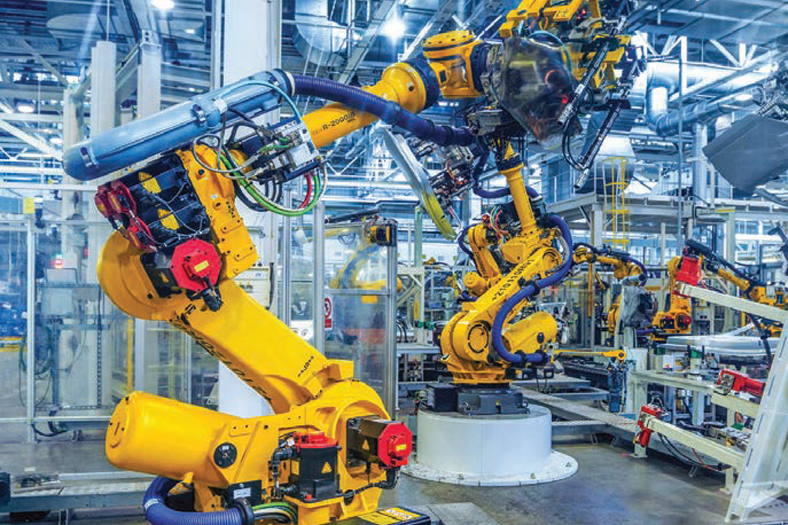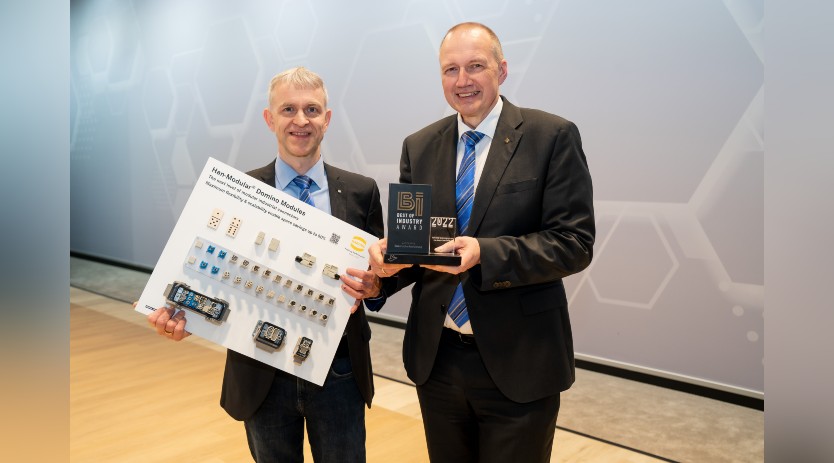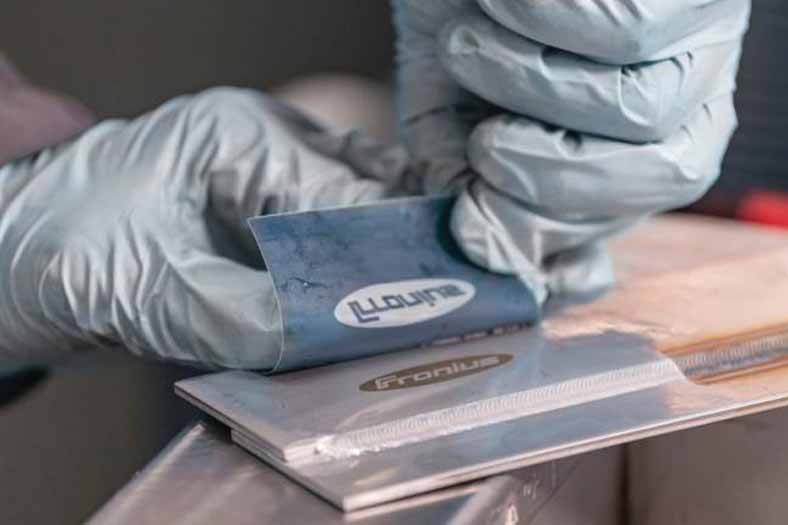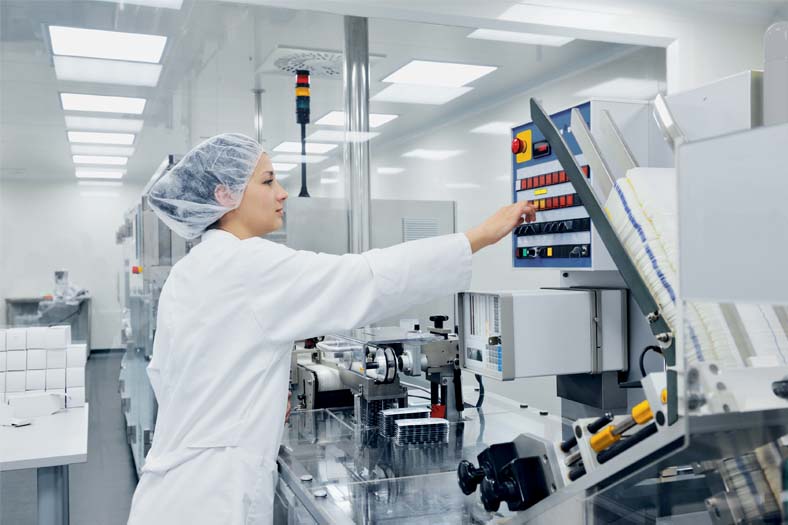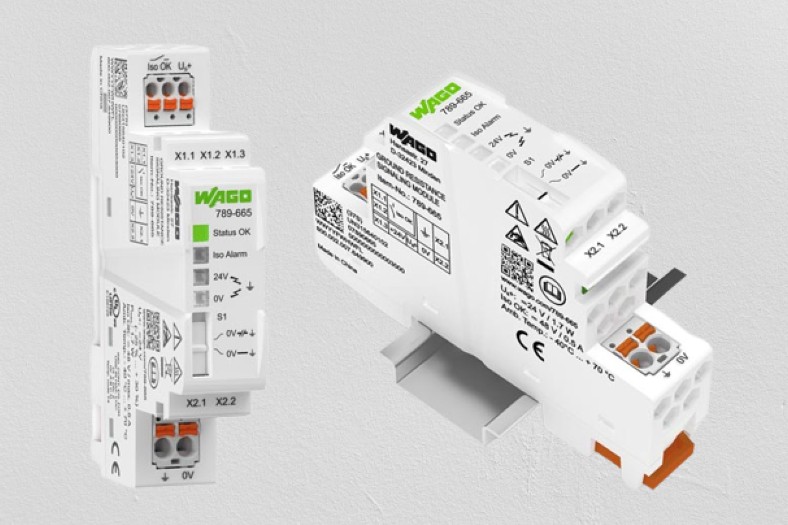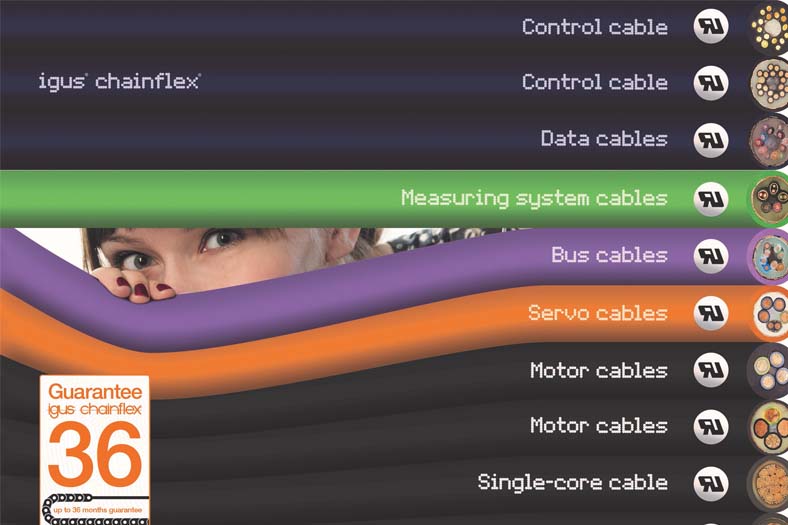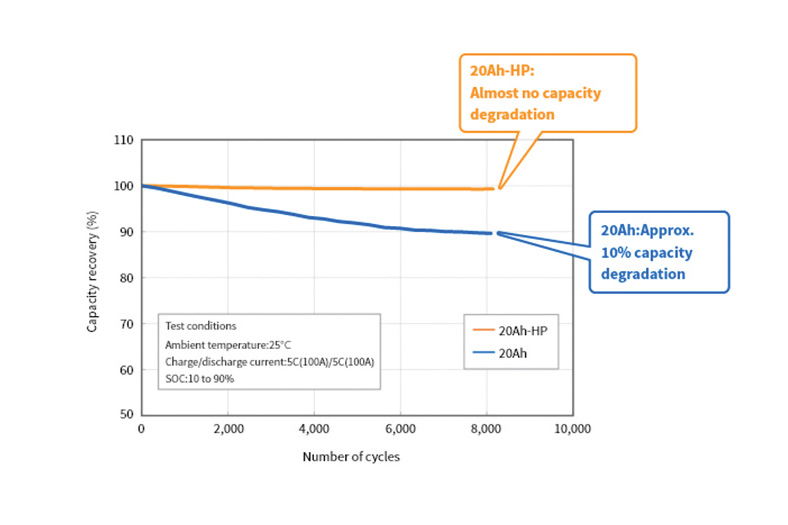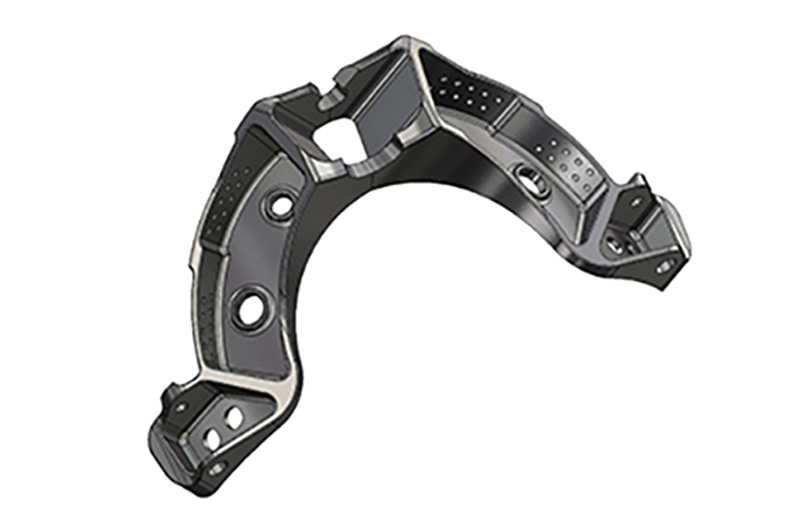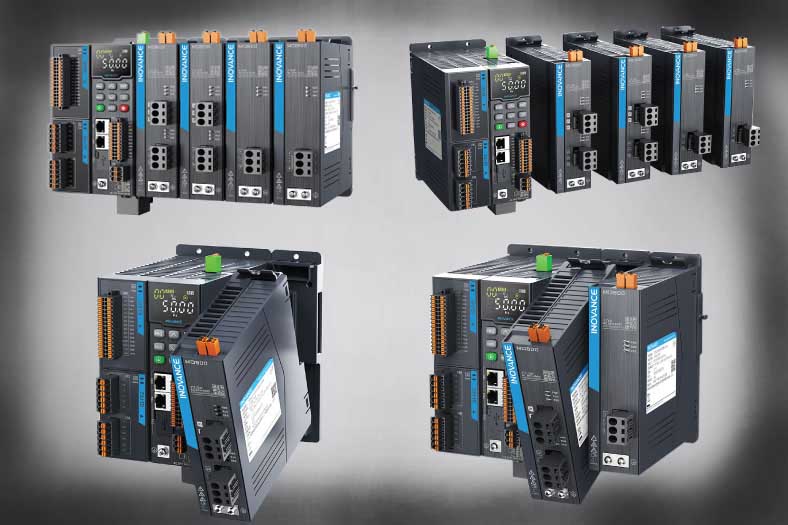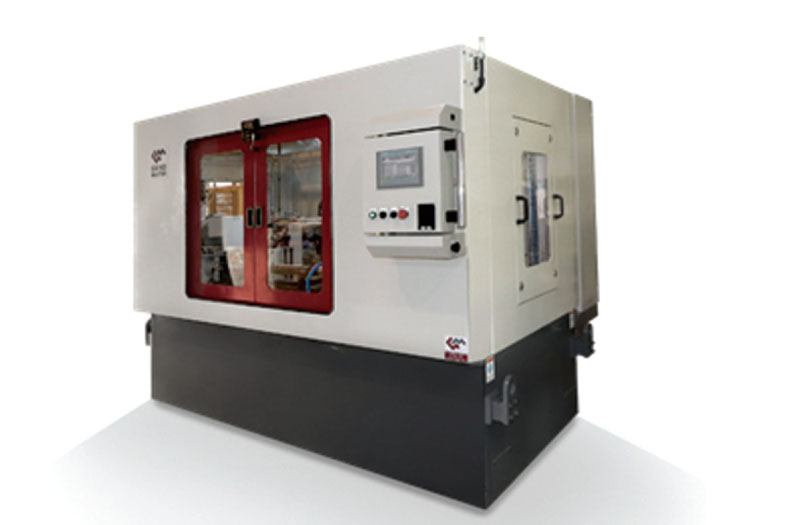Unlocking efficiencies: Measuring performance KPIs with Visual Management tools
By OEM Update Editorial January 10, 2019 4:47 pm IST
Manufacturers often have a sense that there are inefficiencies on the plant floor, but find difficulty identifying them. They are correct—inefficient processes and waste happen every day in every plant around the world. In fact, the ‘hidden factory1’ phenomenon indicates losses due to workarounds, rework and inefficient changeover procedures which can be as much as 40 percent of total company effort.
The strategic principles and practices of lean manufacturing used by many organisations help improve inefficient processes to drive productivity and rise above the competition. A variety of lean philosophies exist, such as Kaizen, Six Sigma, total quality management and continuous improvement. Despite varying concepts, each practice uses KPIs to analyse and optimise manufacturing processes.
KPIs are top-level metrics that measure the use of facilities, time, material and personnel for manufacturing and process operations. KPIs set expectations and show gaps between actual and ideal performance targets at both the plant floor level and the organisational level. They can also measure the positive or negative effect of deviation from the norm and communicate success or failure of processes.
To make this data actionable, KPIs must be communicated in an understandable and meaningful way to production floor personnel and their supervisors—ideally in real-time.Measuring and displaying KPIs in the work environment produces immediate gains in operator performance. The performance improvement links to employee awareness, pride and competitiveness.
Integrating a KPI tracking program with visual management tools has the power to shift individual and organisationalbehaviors. With accurate, real-time visibility into production processes and inefficiencies, manufacturers can transition from the dreaded “do more with less” mentality to a more positive “do the right thing with the right amount” outlook.
Challenge: Identifying and resolving inefficiencies
In a constant quest to improve business and financial performance, manufacturers view the many unseen inefficiencies of the hidden factory as a locked vault. They are reaching for new ways to unlock these countless opportunities to improve processes, drive profitability and raise their competitiveness.
Operational inefficiencies directly impact the bottom line. Every aspect of the business is susceptible, including:
• Delivery targets: Production slowed by inefficiencies can compromise the ability to deliver on tight customer deadlines.
• Market demand changes: Operational inefficiencies make manufacturers slow to respond to ever-changing market demands.
• Unforeseen event response: Unscheduled downtime or other unforeseen events can bring production to a halt for hours or even days, resulting in significant revenue losses.
• New product introduction (NPI) cycle time: Lengthy ramp-up times limit the ability to introduce a new product to market ahead of competitors.
• Human resources: Misallocated labor resources and unmotivated employees put a strain on productivity and performance levels.
• Waste: Production line inefficiencies result in increased scrap product.
The clues to unlocking inefficiencies are in data. Machinery on the plant floor has the potential to deliver meaningful information. But it is up to the organisation to capture that data and find the value in it.
Tracking KPIs on the plant floor gives valuable insight into inefficiencies and opportunities for improvement. But many manufacturers only review the collected metrics at the end of each shift, day or week. Without a line of sight into real-time data, there is a costly lag time before any corrective action can take place.
Additionally, companies don’t always look at the bigger picture of KPIs. They may be recording the data, but without careful analysis, they miss out on seeing longer-term trends and responding with data-driven decisions. Solution: Understanding KPIs with Visual management tools
To close the gap between data collection and action, organisations should track metrics in real-time and report them via visual management systems. By capturing, tracking and displaying KPIs with visual management techniques, an organisation can flag abnormalities on the production line and initiate immediate, responsive action.
Visual management tools connect to production equipment and collect the output data, which is then reported on a display, usually a large TV screen. The display is situated in plain view of all employees on the plant floor. This positioning allows employees to accurately see what the KPIs are and where they stand in relation to each metric.
The insight provided by the displayed data gives employees at all levels a better understanding of company goals and how individual performance contributes to the success of those goals. Line of sight to metrics increases employee accountability and ownership. It also invokes a natural sense of competitiveness among individuals and groups. Implementing this transparent, performance-based culture can increase productivity.KPIs will vary by organisation, but certain metrics are routinely used in production environments around the world.
Eight common KPIs include:
• Count (good or bad): The count, good or bad,typically refers to either the amount of product produced since the last machine changeoveror the sum of the production for the entire shift or week.
• Target: Visual management systems display targetmetrics needed to connect to both plant floor equipment and back-end office programs.
• Reject ratio: Production processes measure the production of scrap in terms of reject ratio. Visual management tools alert production teams to points along the production linewhere the amount of scrap produced is outside tolerable limits.
• Rate: By visually pinpointing when and where a process speeds up or slows down, mployees canimmediately take corrective measures to level out the rates.
• Takt time:Takt time (from the German Taktzeit, meaning clock interval) is the amount of time, orcycle time, for the completion of a task. By displaying this KPI, operators see alerts when the targeted takt time is slower than usual.Understanding this metric in real-time provides an opportunity to quickly determine wherethe constraints are within a process and begin resolving the issue.
• Overall equipment effectiveness: Overall Equipment Effectiveness (OEE) is a metric that multiplies resource availability byperformance and quality to determine resource utilisation. Visualising this KPI on the plant floor allows manufacturers to identify resource managementissues and correct the inefficiencies due to:
• Unplanned downtime (availability)
• Loss of speed (performance)
• Loss of quality (quality)
• Downtime: Alerting plant floor staff to downtime via visual displays helps engage the appropriate staffand resources to get the machine back up and running as quickly as possible.
• Changeover time: Clocking the cycle time on a visual management display helps operators stay on pace withtarget changeover times.
Power of data-driven decisions
By setting and tracking these types of KPIs, manufacturers have the data needed to make informed decisions at all levels of an organisation. Human resources can make better hiring decisions when they understand what teams are understaffed and which are overstaffed.
Logistics and supply chain teams can manage parts inventory better when they have clear insight into maintenance needs. Operations leaders can identify production bottlenecks and engage the resources needed to improve productivity.
Selecting a visual management system
When selecting a visual management tool to illustrate KPIs in a production setting, keep the following considerations in mind:
Just as every organisation measures differentKPIs, each demands a unique visual managementprogram. The flexibility to customise metrics,rules and dashboard graphics offers three primarybenefits:
• Visualise metrics that are unique to anorganisation
• Initiate actions that correct deviations inproduction
• Change the measurements and visualisations ascompany needs evolve
Choose a system that is scalable and customisable to the evolvingneeds of your business. Itscapabilities and user interface shouldoptimise processes and make work easier for employees, both during installation and throughout use.
Red Lion delivers insight into inefficiencies
Red Lion’s Visual management tool, the ProducTVity Station, isa ready-to-deploy system that gathers data to drive plant floorperformance and improve process visibility. By displaying realtimeKPI data and Andon messages on larger televisions, thissystem provides valuable insight on improvement opportunities.The ProducTVity Station’s ability to connect to equipment ofany age and vendor origin allows manufacturers to layer it ontoexisting machinery and networks. It works with any type ofscreen, including low-cost, consumer-grade televisions.The ProducTVity Station is ideal for factory floors andprocessing plants, but it can easily integrate within otherspaces where performance tracking and visibility can helpdrive productivity.
The ProducTVity Station is driven by Red Lion’s Crimsonsoftware. Simple point-and-click techniques and a built-ingraphics library allow users to easily customise KPIvisualisations. These customisation tools help capture themost meaningful metrics for each unique organisation.Drag-and-drop data mapping connects equipment anddevices in seconds. Easy configuration means it can beup and running on plant floors in a matter of days. Itquickly synchronises with FTP and MS SQL servers.With this internet-ready program, users can view KPIdisplays remotely via any web-enabled device, suchas smartphones and tablets.With its unparalleled potential to identifyinefficiencies in every corner of a manufacturingfacility, Red Lion’s visual management toolsunlock the potential to improve productivity,increase profitability and edge out the competition.
The Red Lion advantage
As one of the global experts in communication, monitoring and control for industrial automation andnetworking, Red Lion has been delivering innovative visual management solutions for over 45 years.Our automation, Ethernet and cellular M2M technology enables companies worldwide to gainreal-time data visibility that drives productivity and profitability. Product brands include Red Lion,N-ron and Sixnet. Red Lion Controls is headquartered in York, Pennsylvania and has offices across theAmericas, Asia-Pacific and Europe. Red Lion Controls is part of Spectris plc, the productivity-enhancinginstrumentation and controls company.
Start small
If one is unsure how tracking KPIs using visual management tools will enhance productivity and profitability, it makes sense to start small. For example, a food packaging company implemented a simple counter to track the number of items produced per shift. In five months, management saw an 11 percent gain in productivity. Evaluation of the data, along with observation of the workers revealed the counter initiated a change in employee behavior. The team on each shift strived to outperform the shift before. This natural competitiveness led to increased performance and productivity. The manufacturer is now reviewing how visual management tools can help drive KPIs in other areas of the plant.
Manufacturers should consider a visual management program that is scalable and able to evolve as the business needs change and market demands increase. This flexibility helps ensure continuity of service as a plant transitions to more advanced options.
End-to-end capabilities
Visual management systems should include both the data collection technology and the ability to visually report the output. But some include just one or the other. Some products capture data from equipment but can’t bring it to life on a display monitor. Other products simply display data on screens, leaving the manufacturer to find another way to capture the data.
Visual management programs with end-to-end capabilities are ideal—they connect to the plant floor, analyse equipment performance, process the data and display the required information.
Return on investment
Systems for displaying KPIs range from basic stack lights that display machine status to complete PC-based production monitoring. Select a vendor with the ability to tailor a program to your organisation’s budget. Then, carefully consider the financial value of improved performance and choose an option that will quickly pay for itself as inefficiencies are discovered and resolved.
The latest trend in production displays stems from the falling cost of consumer-grade televisions. With the ability to display images in high-definition, flat-screen LCD televisions are the industry standard for displaying KPI information on the plant floor. Selecting a partner that enables connection to a TV screen helps keep costs low and achieve return on investment more quickly.
Equipment connectivity
Visual management tools must also be flexible enough to connect to any piece of machinery or equipment, regardless of its age or vendor. It’s unrealistic and cost prohibitive to consider replacing all legacy equipment or aligning all equipment under a single vendor. Age- and vendor-agnostic systems allow manufacturers to leverage existing equipment. This consideration is key to keeping investment costs manageable.
Network and server synchronisation
Similar to equipment connectivity, a good visual management program should easily sync with existing networks and servers. This synchronisation enables the displaying of target KPIs generated in office-based programs, such as SQL servers.
Synchronisation also allows the manufacturer to pull all the collected metrics into common data analysis tools. By analysing and reviewing trends over time, an organisation can make data-driven decisions.
Ease of use
One of the most common hesitations to implementing visual management is the concern over ease of use. Manufacturers worry about needing to invest significant time to learn a new KPI tracking program—or needing to invest in new talent to manage the program.
A good visual management partner makes intuitive and user-friendly tools. The tool should be internet-ready and easy to connect to a display device, such as a TV screen. Programming the metrics to capture with the tool should be as simple as “point-and-click” or “drag-and-drop.” Consider plant floor employees’ ability to learn new tools quickly and use them easily. Look for systems that offer built-in communication drivers and protocol conversions for seamless connectivity to all equipment and network devices.
Cookie Consent
We use cookies to personalize your experience. By continuing to visit this website you agree to our Terms & Conditions, Privacy Policy and Cookie Policy.



